Broadcasters in France, Belgium, Qatar, and more turned to virtual solutions
The work behind several virtual studios in use by broadcasters for the World Cup has been revealed.
Among those to turn to the solutions were Belgium’s RTBF, France’s TF1, Qatar’s Alkass, Maldives’ ICE TV, Malaysia’s Astro, Slovenia’s RTV SLO, and UAE’s Asharq News. In the UK, the BBC and ITV decided to broadcast from Qatar, which you can read more about here.
Belgium’s RTBF was on air from 3pm until 10.30pm each day, and decided to create a virtual studio with a portal window LED screen behind the presenter. This screen was then flanked by two green screens, while standard LED screens were used behind the studio guests. Dreamwall carried out the design, with Zero Density’s Reality Engine in use.
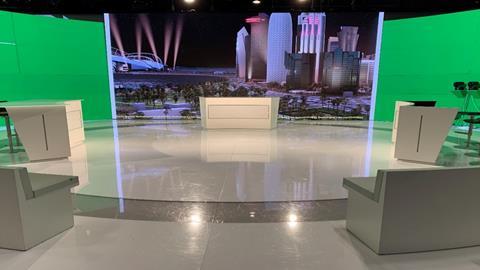
The virtual camera shots enabled RTBF to move from a studio to stadium, providing a view of all eight football stadiums in Doha. To do this, the team recreated the entire city and all eight stadiums in 3D. It also used augmented reality elements to display scores, player and team statistics, and even dynamic team lineups on the virtual studio’s LED wall. RTBF also teleported players into the studio for interviews.
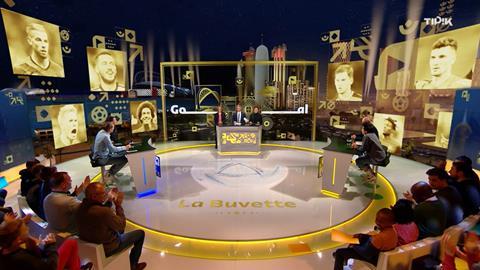
Meanwhile, France’s TF1 used a virtual studio for its daily Le Mag show, with a 360-degree capability allowed by a flycam feature. In Slovenia, RTV SLO dedicated its entire studio space to virtual production, extending its regular U-shaped 80m2 green screen with an additional flat screen, to allow more space for the presenter to move around.

It used three cameras – each of which was linked to one Reality Engine and in total one RealityHub to power all the real-time Unreal Engine graphics involved.
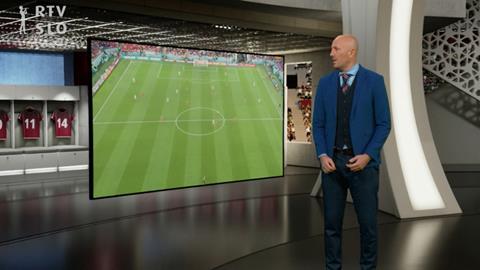
UAE’s Asharq News had a set extension on its coverage, using a giant virtual football stadium with cheering virtual fans for a “living” set effect. The Maldives’ ICE TV and Malaysia’s Astro used virtual studios for the first time, while Qatar’s Alkass decided to go with a virtual studio instead of building five separate physical sets. Alkass also used teleporting for interviews for the first time on Qatari TV. Images of these can be found at the top of the article, with all using Zero Density’s Reality Engine.



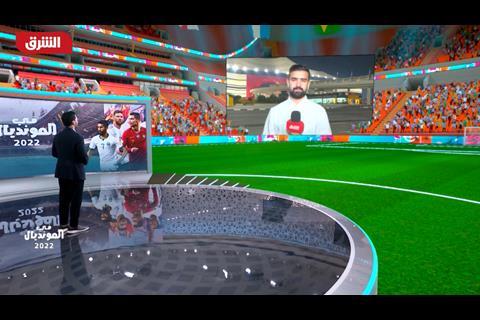
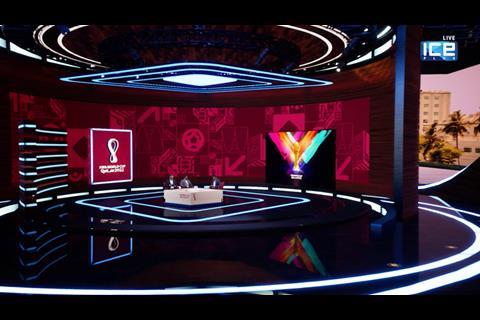






No comments yet